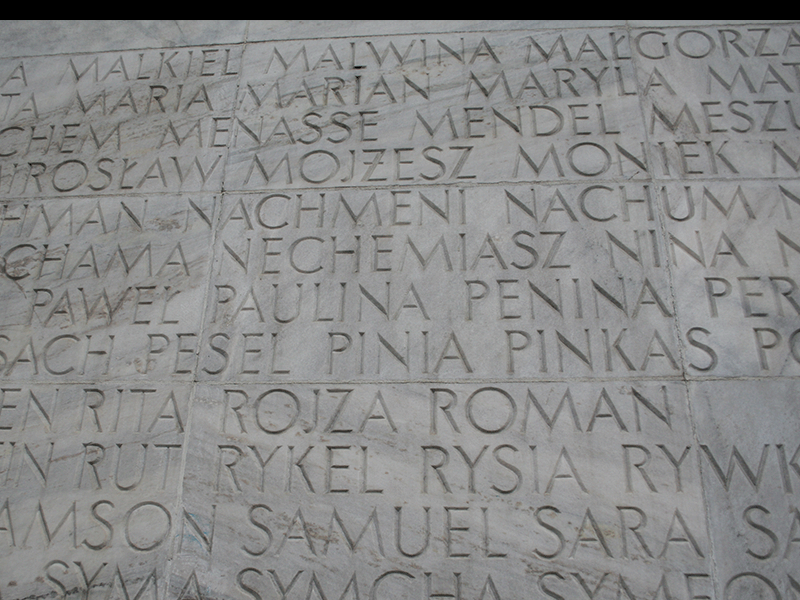At a Passover seder several years ago, when a friend related the tragic tale of his Aunt Rose, who was killed in the Holocaust, I was envious. Like most Jews, the Shoah had surely broken several branches off my family tree. But I didn’t have a name to mourn. It was as if my family history began with the final scene of Fiddler on the Roof, when the villagers bid farewell to Anatevka and disperse to start new lives.
I felt deficient, not being able to relate how our family was impacted by the Jewish people’s biggest tragedy. All I had ever been told was that things were bad in the old country and that my great-grandparents were fortunate to get out of Belarus, Ukraine and Romania – areas hit especially hard by the Holocaust – in time. No one knew anything about relatives who stayed behind.
READ: THE SEARCH FOR THE HIDDEN JEWS OF LIBERATED EUROPE
So I started looking for a name I could mourn. When I started my search, all I knew about my great-grandmother Tillie (née Rozin) Isenberg was that she and an older sister had emigrated from somewhere in Belarus around 1912 as teenagers and had an older brother who also got out at some point. Fortunately, that was enough to answer an online query posted in 2005 from a long-lost cousin wondering if any of his great-grandfather’s siblings had survived the war. He had hired a Russian researcher to dig up family records, which among other things supplied the name of their shtetl: Chausy, in the Mogilev region of Belarus. One day in October 1941, the Jews of Chausy were told to pack their bags for relocation to the nearby village of Dranukha, just as the Jews of Dranukha were tricked into thinking they were moving to Chausy. The next day, when the two groups met up near a small woods, they were massacred. I felt in my bones that I was related to some of the victims buried in that pit.
And yet, I despaired that I might never have proof. I eventually determined that the only family members still alive in 1941 were my great-grandmother’s two youngest sisters, Zina and Esfira. But because I didn’t know their married names, I couldn’t find anything definitive about their fate in various Holocaust databases. Then, my father’s cousin sent me an old family photo. There was Russian writing on the back of one copy, Yiddish on another. The mother in the photo looked like an older version of Zina. Translations confirmed this and revealed the first names of Zina’s family, including her husband, Tane.
But still there was no last name.
Next, I reviewed a 2007 interview with my 90-year-old grandmother. Crucially, while she knew nothing about the fate of her aunts in Belarus, she recalled her mother talking often of Ziska. That made all the difference. Through Yad Vashem’s online database, I found Zisya Levikova, a sales worker, on a list of those shot in Chausy in 1941. The list also included her husband, Tolya, and their two youngest children. Zisya was Ziska and Tolya was surely Tane. I finally had a name!
I wanted to simultaneously jump for joy, curl up into a ball and smash something. Finding out Zisya’s married name led to the online discovery of two letters written in 1947 by a brother-in-law describing how he was the family’s sole survivor. Reading his mention of “Tanfel’s wife” gave me chills.
Now I’ve told my children, ages 10 and 14, about Zisya. Being related to at least one victim humanizes the number six million. Having a Holocaust name to mourn helps them understand what intolerance can breed. This Yom ha-Shoah, my family will start lighting a memorial candle for my great-aunt Zisya (née Rozin) Levikova (1902-1941) and her family (including her sister Esfira, who was likely killed in Poland in 1942) to make sure they are never forgotten.
David Minkow lives on Vancouver Island.
